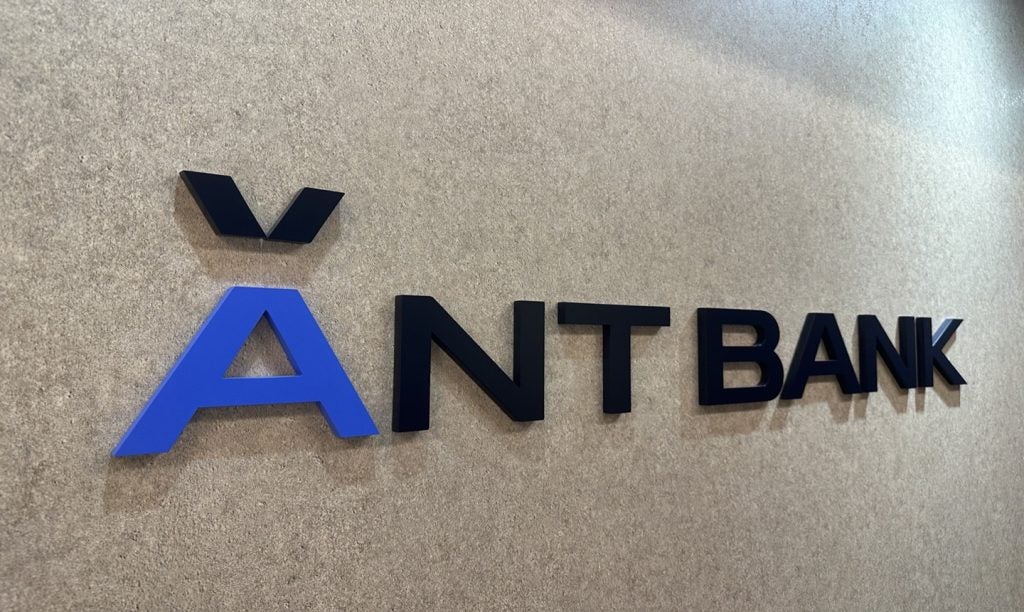The Central Bank of Ireland has increased the countercyclical capital buffer (CCyB) for all lenders in a bid to strengthen resilience of the banking sector against external shocks.
The CCyB rate, determined on the basis of a bank’s core equity tier 1 (CET1) capital, has been increased from 0% to 1% effective from 5 July 2019.
According to the international regulations, a one-year notice period must be provided before any adjustments to the CCyB rate.
Along with other European central banks, Ireland introduced this capital buffer to increase resilience in the banking sector by ensuring additional capital buffer during financial downturns.
It would also help to maintain credit supply throughout the financial cycle.
The Central Bank of Ireland cited multiple reasons behind this decision including rapid domestic economic growth to its capacity limit, volatility in Irish economy, increase in non-performing loans as well as external threats.

US Tariffs are shifting - will you react or anticipate?
Don’t let policy changes catch you off guard. Stay proactive with real-time data and expert analysis.
By GlobalDataCommenting on the decision, Central Bank of Ireland governor Philip Lane said: “As a small, open economy vulnerable to a range of external risks, the CCyB is an important tool to support a more stable financial system that is less prone to boom-bust cycles.
“The CCyB complements our other macro-prudential measures such as the borrower-based mortgage measures and the O-SII (Other Systemically Important Institutions) buffers.”
He also added that the central bank will publish a research on countercyclical capital buffer to bring clarity in its macro-prudential policy decisions.







